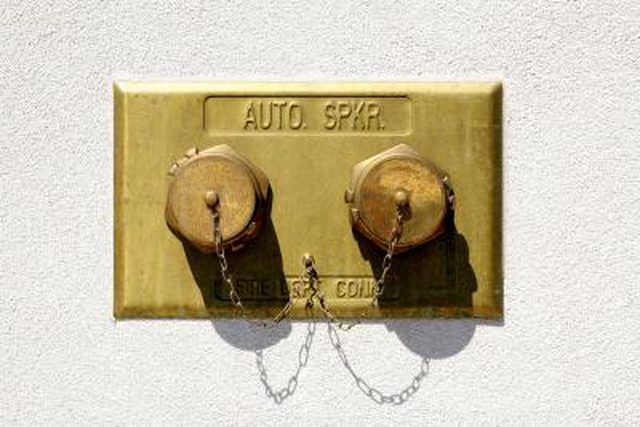Bulbs
Flower Basics
Flower Beds & Specialty Gardens
Flower Garden
Garden Furniture
Garden Gnomes
Garden Seeds
Garden Sheds
Garden Statues
Garden Tools & Supplies
Gardening Basics
Green & Organic
Groundcovers & Vines
Growing Annuals
Growing Basil
Growing Beans
Growing Berries
Growing Blueberries
Growing Cactus
Growing Corn
Growing Cotton
Growing Edibles
Growing Flowers
Growing Garlic
Growing Grapes
Growing Grass
Growing Herbs
Growing Jasmine
Growing Mint
Growing Mushrooms
Orchids
Growing Peanuts
Growing Perennials
Growing Plants
Growing Rosemary
Growing Roses
Growing Strawberries
Growing Sunflowers
Growing Thyme
Growing Tomatoes
Growing Tulips
Growing Vegetables
Herb Basics
Herb Garden
Indoor Growing
Landscaping Basics
Landscaping Patios
Landscaping Plants
Landscaping Shrubs
Landscaping Trees
Landscaping Walks & Pathways
Lawn Basics
Lawn Maintenance
Lawn Mowers
Lawn Ornaments
Lawn Planting
Lawn Tools
Outdoor Growing
Overall Landscape Planning
Pests, Weeds & Problems
Plant Basics
Rock Garden
Rose Garden
Shrubs
Soil
Specialty Gardens
Trees
Vegetable Garden
Yard Maintenance
How to Insulate Your Sprinkler System
How to Insulate Your Sprinkler System. Sprinkler systems are built to withstand most of the elements, but a frozen sprinkler system can be a nightmare to repair. As water freezes, it expands inside sprinkler pipes and equipment. The pressure from this expansion can cause your pipes to burst or sprinkler heads to pop off. An important step in the...

Sprinkler systems are built to withstand most of the elements, but a frozen sprinkler system can be a nightmare to repair. As water freezes, it expands inside sprinkler pipes and equipment. The pressure from this expansion can cause your pipes to burst or sprinkler heads to pop off. An important step in the sprinkler winterization process is to add insulation to key parts of the system. This will ensure that your pipes stay thawed all winter long.
Things You'll Need
Tape measure
Foam pipe insulation (10-foot sections)
Scissors or cutting knife
Insulating pressure vacuum breaker bag (optional)
Locate the sprinkler control box outside the house. The box usually has a green lid and contains all of the valve controls for the system.
Look around the valve box for exposed sections of pipe. Anything above ground and not covered by the control box is susceptible to freezing damage. Measure the length of the exposed pipe sections.
Cut sections of pipe foam insulation that match the length of the exposed pipe. Scissors should cut through the insulation easily, or you can use a knife.
Spread the pipe insulating foam along the seam and place the wrap securely over the exposed sections of pipe. The insulation will seal itself and grab hold of the pipe. The air barrier between the pipe and the outside of the foam insulation will keep the water inside the pipes above freezing and prevent burst pipes.
Place an insulating bag over the pressure vacuum breaker above the sprinkler control box. The breaker should be drained of water during the winterizing process, so this step is optional. However, the bag is specially designed to keep snow, ice and water out of the breaker for the winter, and can help reduce problems with sprinkler start-ups in the spring.
Tips & Warnings
It's best to drain as much water as possible from your sprinkler system each fall to prevent cracks or burst pipes. If your system has a drain valve inside the sprinkler control box, turn it counterclockwise to drain the water from the manifold and surrounding pipes.